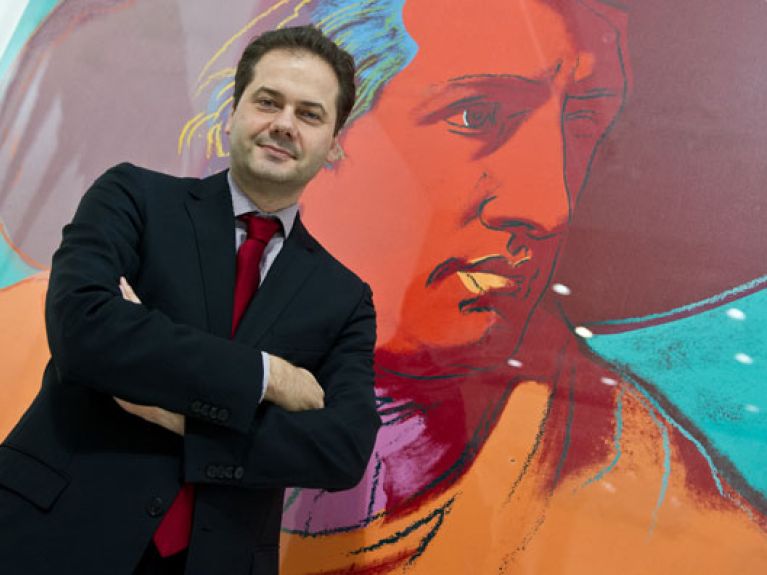What makes an exhibition successful?
Städel director Max Hollein on marketing for museums and the uniqueness of Germany’s cultural regions.

This Austrian cultural manager is director of the Städel Museum, the Liebieghaus Sculpture Collection and the Schirn Kunsthalle in Frankfurt am Main.
Mr. Hollein, what distinguishes the German museum landscape from that in other countries?
I would imagine it is mainly the federal structure of the German cultural landscape with its many different regions, each with its own character and quality. There is not just one centre where everything happens, but numerous unique and diverse metropolises and cultural regions.
What does a successful exhibition need?
First, a well-grounded curatorial concept that assesses past artworks with a view to the present or reads contemporary art as part of art history. It’s important that visitors are able to make a connection between the artworks and the reality of their own life.
What role does marketing play in this?
It is vital for promoting an exhibition. We repeatedly try to win over new target groups with imaginative and varied marketing measures. It is crucial that these are clearly derived from the theme of the exhibition and at best stimulate discussion.
Are museum collections being put in the shade these days by spectacular special exhibitions?
Special exhibitions are of course an important instrument for drawing attention to an art institution in today’s media society. However, the collections stored in German museums form the starting point for large memorable presentations. The exhibitions at the Städel Museum are always based on our own collection and ultimately represent the visualization of long years of research.

